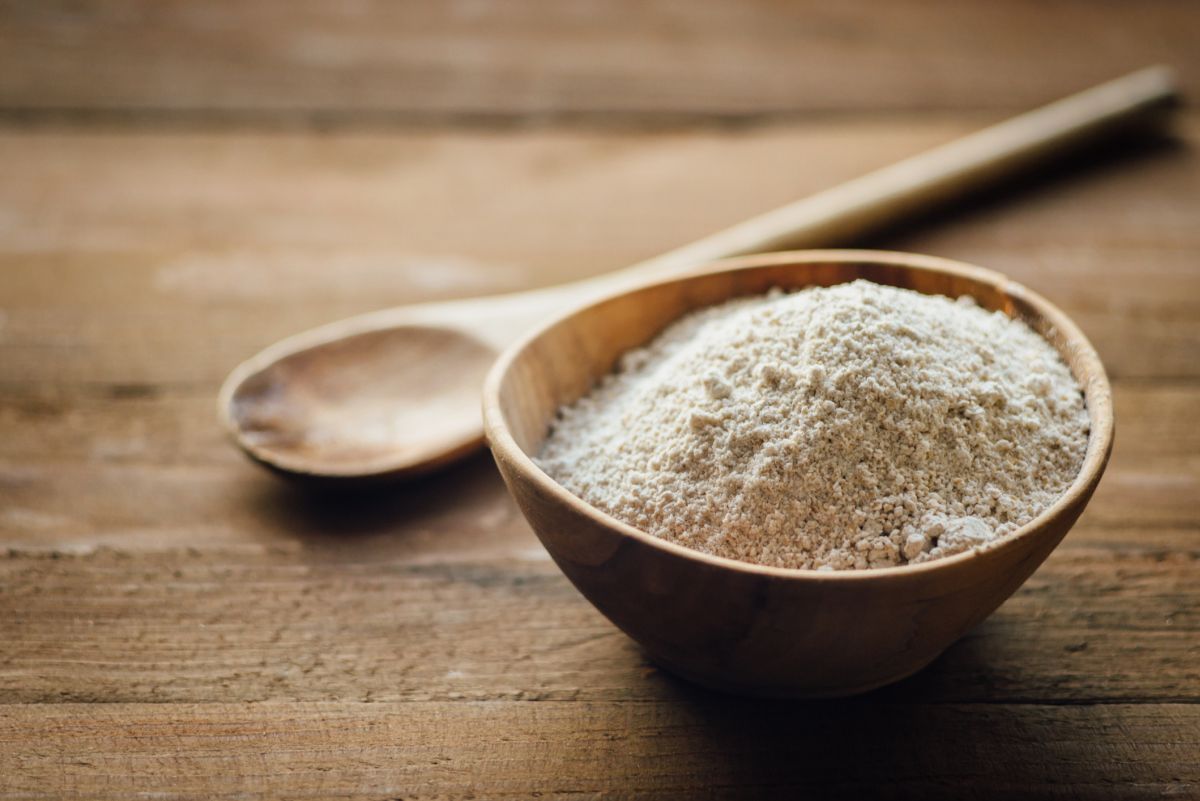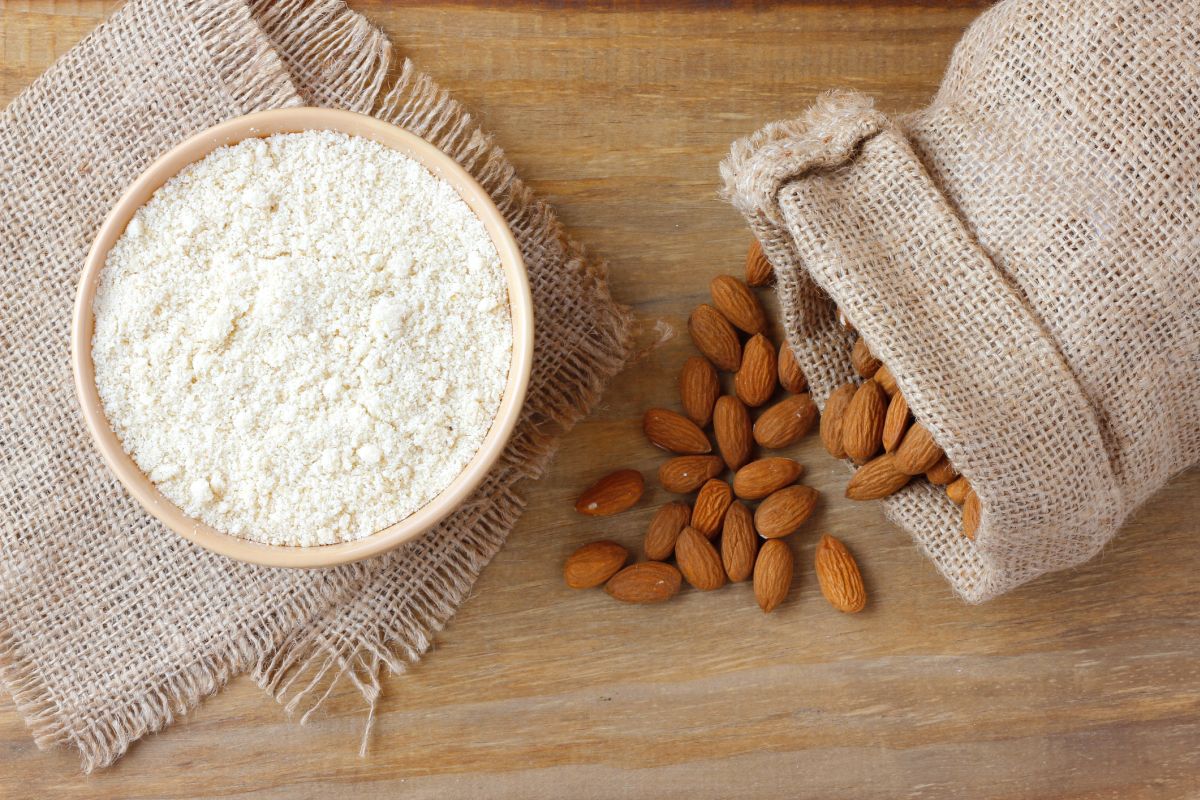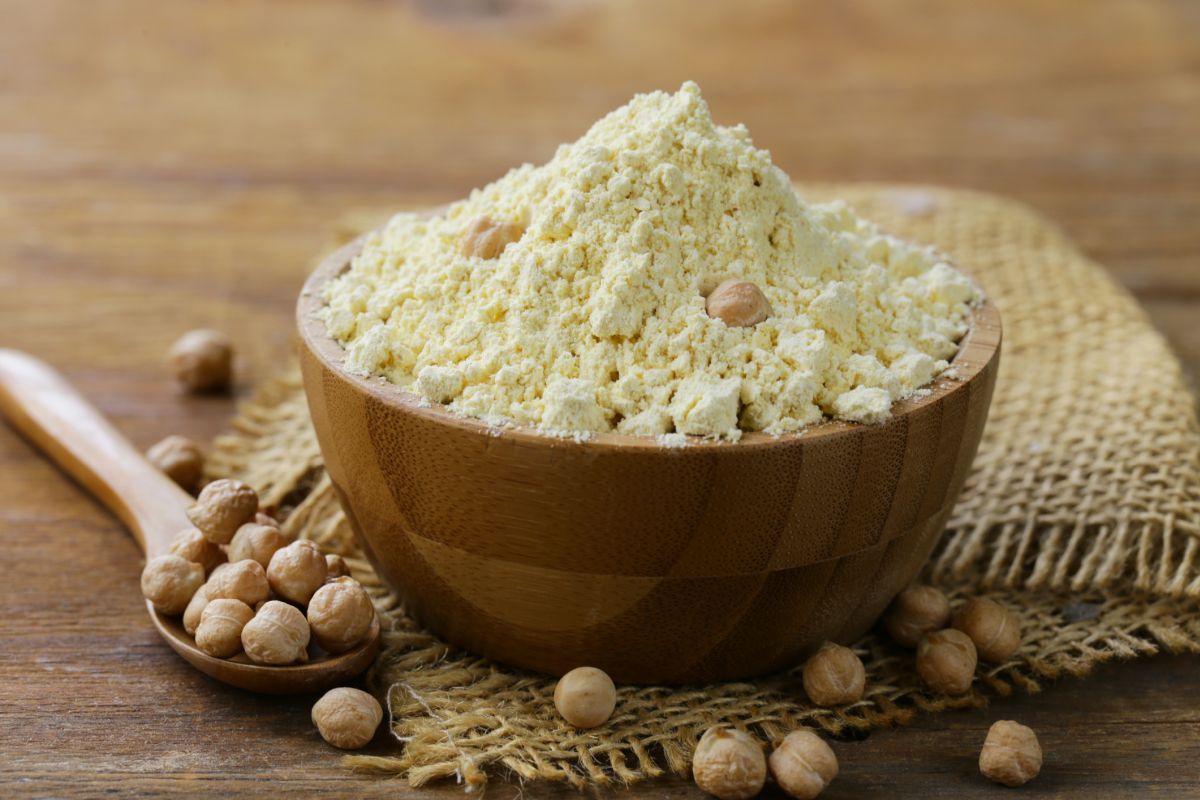An oat flour substitute is not difficult to come by, whether you need it to be as nutritious as oat flour, or gluten-free. Most recipes that use oat flour accommodate other wheat-free flours very well, which widens the choices you have for an alternative.

What is Oat Flour?
Oat flour is simply ground oats that have been processed into a fine powder. It has a mild, slightly sweet taste and a texture that is similar to whole wheat flour. Oat flour is a popular ingredient in gluten-free and low-carb diets, as it is high in fiber, protein, and essential vitamins and minerals.
Common Uses for Oat Flour
- Baked goods – oat flour is a great substitute for wheat flour in recipes such as cakes, cookies, muffins, and bread.
- Pancakes and Waffles – it can be used to make delicious and nutritious pancakes and waffles.
- Breading – it can be used as a gluten-free alternative to breadcrumbs for breading chicken or fish.
- Thickening Agent – oat flour can be used to thicken soups, stews, and sauces.
- Pasta – oat flour can be used to make homemade pasta, either on its own or mixed with other flour.
- Smoothies and Shakes – it can be added to smoothies and shakes for an extra boost of nutrition and fiber.
- Meatloaf and Meatballs – oat flour can be added to meatloaf and meatballs as a binder, replacing bread crumbs or other traditional binders.
3 Reasons Why You May Need an Oat Flour Alternative
- Allergies to oats
- Limited availability of oat flour
- Texture or flavor preferences
10 Best Substitutions for Oat Flour
Gluten-Free Oat Flour substitutes
1. DIY Oat Flour
If you need a substitute for oat flour because you’ve run out, you might be able to quickly blitz up some rolled oats into your own oat flour. Cookie and Kate mention you can use any oats, from steel-cut to quick-cooking oats, and shows you how to make your own oat flour.
2. Brown Rice Flour
If you need flour that is high in fiber, why not try brown rice flour? It has a neutral taste and Dish by Dish shows you how to make your own brown rice flour using only some brown rice, a sieve or mesh strainer, and a blender.
3. Almond Flour
Almond flour is one of the most popular gluten-free flour available in stores and can easily replace oat flour in a recipe in a 1:1 ratio. Just make sure no one has nut allergies before using it. Masterclass compares these two flours.
4. Coconut Flour
Coconut flour is a great and tasty gluten-free alternative to oat flour and works very well in sweet dishes where you wouldn’t mind the taste of coconut. It absorbs moisture much quicker than other flours, so make sure you follow Allrecipes’ guide on how to use the flour.
5. White Rice Flour
White rice flour is similar to brown rice flour, and you can make your own at home following Gluten-Free on a Shoestring’s recipe. It differs from oat flour and brown rice flour in flavor – since it won’t have any nuttiness and is rather tasteless, which is ideal if you want to avoid additional flavor profiles in your cooking.
6. Cassava Flour
Cassava flour is a great flour to use if you need it to act as a binding agent, which is a use not commonly found in gluten-free flours. Real Simple shows you how to use the flour if you are not familiar with it.
7. Chickpea Flour
Chickpea flour is great to use as a thickener and has a slightly nutty and bitter taste. When baking, it is best used in a mixture of other gluten-free flours. Masterclass explains how to use the flour if you’re unfamiliar with it.
Oat Flour Substitutes With Gluten
8. All-Purpose Flour
If you have no dietary restrictions or allergies, then all-puprose flour is the easiest substitute to use to replace oat flour. It is readily available and cheaper than other flours. Live Strong compares both flours’ nutritional information.
9. Whole Wheat Flour
Oat flour has a slight nuttiness that can be a great flavor to add to your dish. Whole wheat flour also has a slight nuttiness and earthy taste, which can work well in your dish. Bakerpedia shows you everything you need to know about whole wheat flour.
10. Rye Flour
Rye flour has a nutty and earthy taste similar to oat flour, only a bit more bitter. There are different colors of rye flour available, and Fine Dining Lovers has an overview of how to use the flour in most recipes.
Tips for Oat Flour Substitution
- Allergies – ensure you are choosing a substitute that aligns with your own and your guests’ allergies.
- Taste – coconut flour has a distinct taste, whilst white rice flour has virtually no taste. It is important to test the flour in your recipe to ensure you don’t get odd flavor combinations.
- Moisture – different flours have different moisture absorption qualities, so you will need to add in your liquids slowly and add more as needed until it is at the correct consistency.
- Consider the application – some flours are better at thickening recipes or binding ingredients than others. Do some research about your chosen alternative to ensure the best results.


Leave a Reply